Tesla is very close to ramp up production of the Model Y in the new in Giga-Texas and Giga-Berlin factories. One of the many interesting features is that its production lines will be using gigantic casting machines that will allow faster and more efficient creation of the two key parts: the front and rear subframes, which will replace the more than 70 welded parts that are currently used. Tesla has filed a patent in which it describes the technology used for the deformation zones - completely new- and which, on the other hand, forces the company to re-certify the models in regular crash tests.
NEWS: Tesla has filed an international patent application for a single-piece casting. pic.twitter.com/cOv2UwCchM
— Sawyer Merritt (@SawyerMerritt) February 18, 2022
Almost two years ago, Elon Musk claimed that Tesla would revolutionize the way cars are made by introducing large castings created from gigantic machines into the process. Instead of welding sheets of metal together to make the front and rear parts of the body, Tesla will cast them in one piece, simplifying the entire process. What he did not explain at that time was how this new structure would behave in the event of an accident. The new technology is more complicated to execute than previously thought and is so different that the Model Y will need to be re-certified.
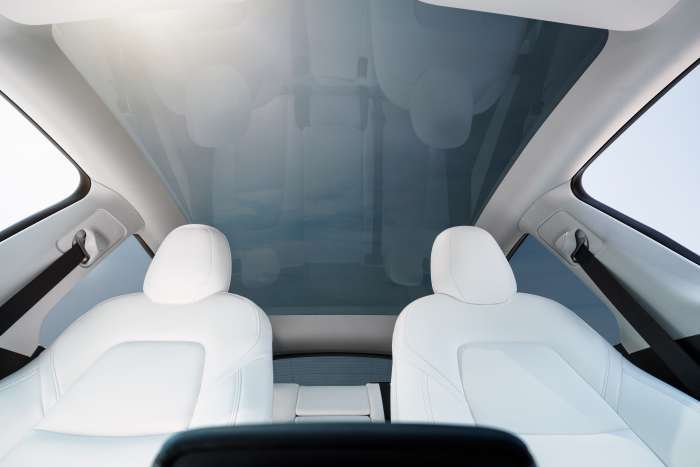
According to what Musk said via Twitter back in 2020, the Berlin Gigafactory would be the first to use this new manufacturing process. Later, Fremont and Giga-Shanghai would add these processes to their lines, once perfected in the German factory. But now the Texas Gigafactory announces it will also use these mega castings to create the Model Y chassis.
Tesla Files Patent for Single-Piece Casting https://t.co/UKsLrScxL2
— Tesla Hype (@TeslaHype) February 18, 2022
New manufacturing technology is a real challenge for engineering as regarding the deformation/ absorption zones, since the castings actually do not behave like the welded pieces. The patent filed in July 2021 by Tesla called "integrated energy absorption foundries" has now come to light today for anyone interested to examine. The documentation accompanying the patent acknowledges that the new chassis parts are not as simple as they might have seemed at first: their behavior is completely different in the event of an accident. To meet the established safety requirements, Tesla had to design special structures for the proper functioning of the controlled deformation zones.
Unlike regular stampings, these large parts absorb energy causing creeping deformations and progressive fractures in the casting. During the crash the fractures start on the outside and spread to the inside of the vehicle; progressive crushing ensures robust and repeatable crash performance. In addition, the fracture operation also means that after a minor crash, the car can be more easily repaired simply by replacing the cast structures.
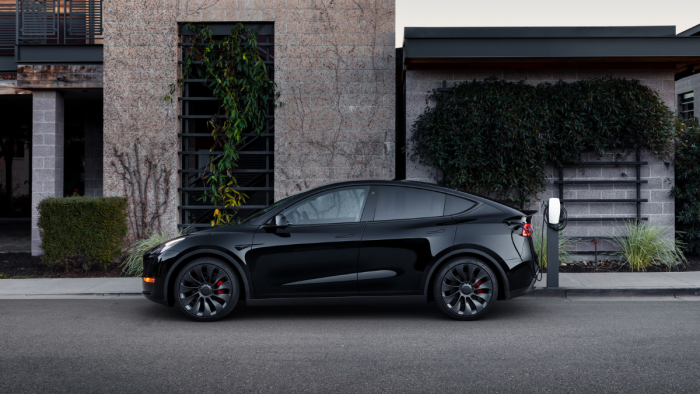
In order to make these large castings Tesla has installed in both Berlin and Austin factories eight huge machines, called "GigaPress". Each one takes only about 60-120 seconds to create each part, dramatically simplifying the Model Y production process. In addition, by combining it with the new structural battery pack made up of 4680 cells, the rigidity of the pack is increased and protection is again reinforced when an accident happens.
All images courtesy of Tesla Inc.
Nico Caballero is the VP of Finance of Cogency Power, specializing in solar energy. He also holds a Diploma in Electric Cars from Delft University of Technology in the Netherlands, and enjoys doing research about Tesla and EV batteries. He can be reached at @NicoTorqueNews on Twitter. Nico covers Tesla and electric vehicle latest happenings at Torque News.








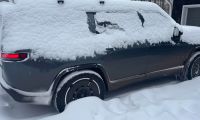
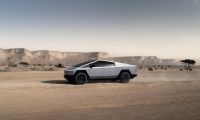
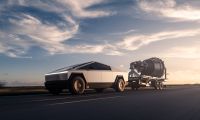
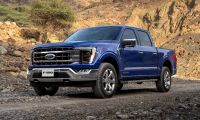
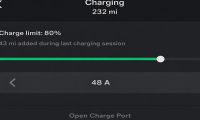
Comments
NOT A SINGLE PIECE CAST CAR.
Permalink
NOT A SINGLE PIECE CAST CAR. CLICKBAIT ALERT.
Completely misleading clickbait title for the article.
The patent documents the new MY chassis construction using THREE MAJOR PIECES - two castings plus the 4680-based structural battery pack.